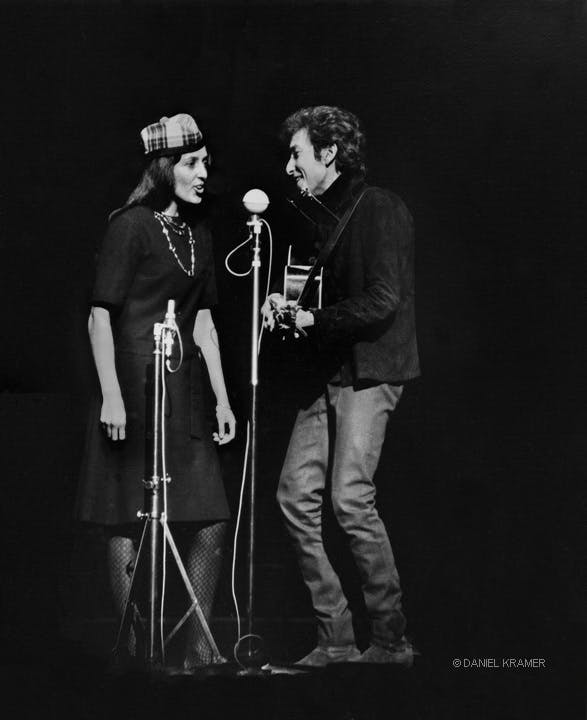
The book, which takes its title from one of Columbia’s 1960s slogans, brings together several of the author’s abiding passions.

Put another way, as Wilentz says, “Columbia tried to do everything, and to do it well.” And through it all, the label discovered and nurtured a broad array of talent - Al Jolson, Frank Sinatra, Miles Davis, Billie Holiday, Barbra Streisand and Bruce Springsteen, to name just a few - ultimately becoming one of the premier producers of American music in the 20th century. Not only was Columbia Records a driver of innovation (most notably, by inventing the LP), it also expanded popular tastes and preserved historic performances by some of America’s most legendary musicians. In the digital age, when the music industry’s standards and practices have been turned on their heads, it is easy to forget the important role that record labels have played during the past 100 years. PHOTO: Daniel Kramer“It’s a grand story in the history of American culture,” says Wilentz, a noted professor of history at Princeton, “one that encompasses the depth and breadth of American music.” In fact, it was because of Wilentz’s writings on Dylan that he was commissioned by America’s oldest record label to trace its complicated story. That Halloween performance sparked a lifelong admiration for Dylan’s music and now, nearly 50 years later, Wilentz’s latest book, 360 Sound: The Columbia Records Story (Chronicle Books, $45), is an authorized, illustrated history of the label that took a chance on that scruffy young folk singer in 1962.

S ean Wilentz ’72 was 13 the first time he saw Bob Dylan perform, at New York City’s Philharmonic Hall on October 31, 1964.


 0 kommentar(er)
0 kommentar(er)
